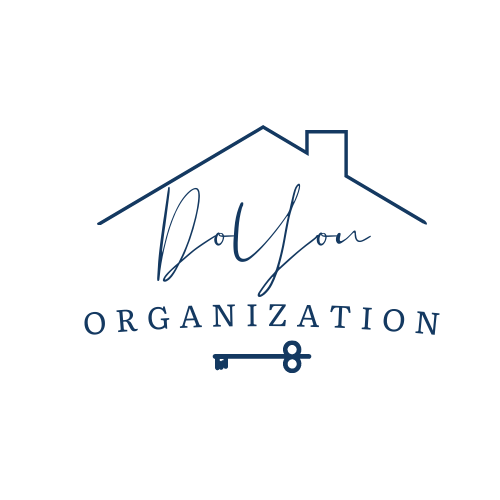Embrace Simplicity: Discover Swedish Death Cleaning
In our fast-paced modern lives, the accumulation of possessions can easily become overwhelming. But what if there was a way to simplify our surroundings, clear our minds, and embrace a more intentional lifestyle? Enter the intriguing concept of Swedish Death Cleaning, a practice that encourages us to declutter and organize our lives, not just for ourselves, but with the thought of leaving behind a tidy legacy for our loved ones.
What is Swedish Death Cleaning?
Swedish Death Cleaning, or "döstädning" in Swedish, is a cultural phenomenon that has captured global attention. The term was popularized by Margareta Magnusson, a Swedish artist and author, in her book "The Gentle Art of Swedish Death Cleaning: How to Free Yourself and Your Family from a Lifetime of Clutter." While the name might sound morbid, the concept is rooted in a positive and pragmatic approach to life and its inevitable end.
At its core, Swedish Death Cleaning is the process of gradually decluttering and organizing your home, possessions, and personal affairs as you age, so that your loved ones won't be burdened with the task after you're gone. It's about taking responsibility for your belongings, reflecting on what truly matters, and curating a living space that aligns with your values.
The Philosophy Behind It
Swedish Death Cleaning is not meant to be a somber or grim task. Instead, it's a reflective and empowering journey that encourages us to confront the notion of mortality and make conscious choices about the things we surround ourselves with. The practice is rooted in the belief that living with less can lead to a more fulfilling and meaningful life. By letting go of unnecessary possessions, we can create space for what truly brings us joy and purpose.
How Does It Work?
Start Early: Swedish Death Cleaning is a gradual process that is best started sooner rather than later. By beginning in your middle age, you can make steady progress without feeling overwhelmed.
One Item at a Time: Go through your possessions, room by room, and consider each item's significance in your life. Ask yourself if it brings you joy, holds sentimental value, or serves a practical purpose. If not, it might be time to part ways with it.
Categories and Priorities: Organize your belongings into categories such as "keep," "donate," "sell," and "discard." Prioritize items with sentimental value and those that hold stories you want to share with your loved ones.
Open Communication: While Swedish Death Cleaning is a personal journey, it's important to communicate your intentions with your family and friends. This can help avoid misunderstandings and ensure that your decisions align with your loved ones' wishes.
Digital Clutter: In today's digital age, it's equally important to organize your online presence. Consider cleaning up your digital files, social media accounts, and online subscriptions, making it easier for your loved ones to manage your digital legacy.
The Benefits Beyond Tidiness
Swedish Death Cleaning transcends the physical act of decluttering; it's a mindset shift that encourages us to reassess our values, relationships, and priorities. By simplifying our lives, we can:
Reduce Stress: A clutter-free environment leads to reduced stress and anxiety, allowing us to focus on what truly matters.
Preserve Memories: Curating items that truly hold value ensures that the stories and memories associated with them can be cherished for generations to come.
Facilitate Transition: When the time comes for us to transition from this life, our loved ones will appreciate the effort we've made to ease their responsibilities during a difficult time.
In Conclusion
Swedish Death Cleaning is a powerful reminder that life is fleeting and that the legacy we leave behind goes beyond material possessions. It's an invitation to live more intentionally, make conscious choices about our belongings, and appreciate the present moment. By embracing this practice, we not only free ourselves from the burden of excess but also pave the way for a simpler, more purposeful, and ultimately more fulfilling life.
